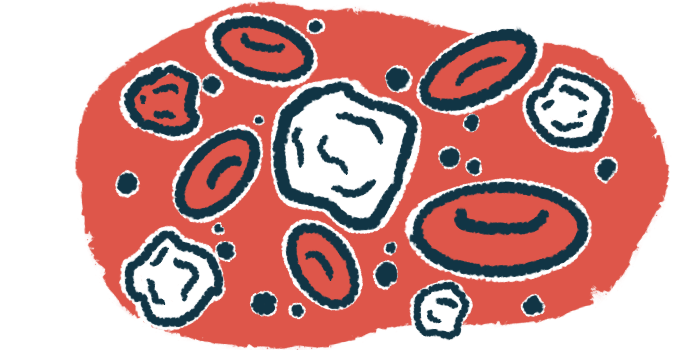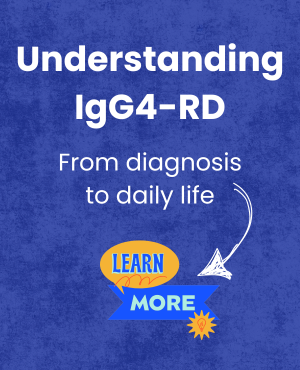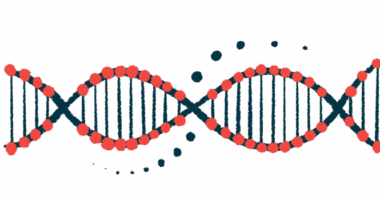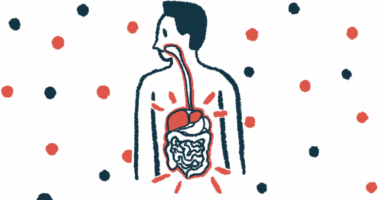Subset of immune T-cells may be therapeutic target in IgG4-RD
Researchers in China explored the role of gamma-delta 2 T-cells in disease

A specific subset of immune cells known as gamma-delta 2 T-cells plays a key role in the development of immunoglobulin G4-related disease (IgG4-RD), a study reports.
Particularly, these cells were found to acquire an immune profile, called T helper 2 (Th2)-like phenotype, to strongly promote the formation of plasma cells, a type of immune cell implicated in IgG4-RD, and to show pro-scarring properties.
The findings suggest that targeting this specific type of immune cell may be a strategy for treating IgG4-RD, the study’s researchers said. The study, “Polarization of [gamma delta 2] T cells to a Th2-like phenotype promotes plasmablast differentiation and possesses pro-fibrotic properties in IgG4-related disease,” was published in Frontiers in Immunology.
In IgG4-RD, abnormal clumps of immune cells, including T-cells and an activated form of antibody-producing B-cells called plasma cells, form inside tissues. This leads to damaging inflammation and tissue scarring, or fibrosis, that can affect the function of tissues and organs. People with IgG4-RD typically have high numbers of plasma cells producing IgG4, a type of antibody.
T-cells are a broad class of immune cells that help coordinate the activity of the entire immune system, including B-cells. Gamma-delta T-cells are an unconventional immune cell population that “have recently emerged as key players in inflammatory and fibrotic diseases,” wrote the researchers.
Exploring role of gamma delta 2 T-cells in IgG4-RD
Here, researchers in China analyzed the numbers of gamma-delta T-cells and the proportions of their subpopulations in the blood of 22 people with active IgG4-RD, 18 with stable IgG4-RD, and 16 age- and sex-matched healthy people to study the “role of [gamma-delta] T cells in IgG4-RD.”
They found that the proportion of circulating gamma delta 2 T-cells was particularly reduced, by threefold, in people with active IgG4-RD relative to healthy controls. The cells, which are enriched in circulating blood, are known to be involved in fighting invaders and cancer.
Gamma delta 2 T-cells from people with active IgG4-RD also secreted higher levels of type 2 cytokines, signaling molecules known to drive B-cell activity, relative to healthy controls and people with stable IgG4-RD. The cells from IgG4-RD patients also showed a higher production of pro-fibrotic molecules.
“These results demonstrate that [gamma-delta 2] T-cells in IgG4-RD exhibit increased production of type-2 cytokines, supporting their [maturation] toward a Th2-like phenotype, which may contribute to the aberrant [antibody-related] immune responses observed in IgG4-RD,” the researchers wrote.
T-cells accumulating with B-cells
They said the number of circulating gamma delta 2 T-cells might be low in IgG4-RD because the cells are accumulating alongside B-cells in the abnormal immune cell clumps that characterize the disease.
Indeed, when the researchers looked at samples of affected tissues from IgG4-RD patients, they found high levels of gamma delta 2 T-cells in close proximity to B-cells.
“This study demonstrated a reduced proportion of circulating [gamma-delta] 2 T-cells, but increased infiltration of these cells in affected organs of patients with IgG4-RD,” they wrote.
Further experiments of immune cells in lab dishes showed that gamma-delta 2 T-cells from people with IgG4-RD were superior to those from healthy controls at promoting B-cell maturation into plasma cells and triggering antibody production.
“These findings suggest a central role for [gamma-delta 2] T-cells in augmenting B-cell activity and [antibody-related] responses in IgG4-RD,” the scientists wrote.
Additional tests further supported that gamma-delta 2 T-cells in IgG4-RD promote their effects through a Th2-like phenotype, and suggested that their production of type 2 cytokines was largely driven by a signaling pathway called IL-21–STAT3–Blimp–GATA3.
Given that STAT3 is a key component of the JAK/STAT pathway, for which there are available blockers, the researchers then evaluated the effect of treating lab-grown gamma-delta 2 T-cells with drugs that suppress the pathway. They found that targeting JAK or STAT3 signaling prevented the activation of the IL-21–STAT3–Blimp–GATA3 pathway and suppressed “the Th2-like phenotype in [gamma-delta 2] T-cells, providing potential therapeutic implications for IgG4-RD.”
Further work is needed to translate the findings into treatments for IgG4-RD, but the findings prop up the idea that gamma-delta 2 T-cells might be therapeutic targets in IgG4-RD.
“These findings not only underscore the importance of [gamma-delta 2] T-cells in IgG4-RD, but also pave the way for future investigations into novel treatment strategies targeting [gamma-delta 2] T-cells and their associated pathways,” the scientists wrote.







